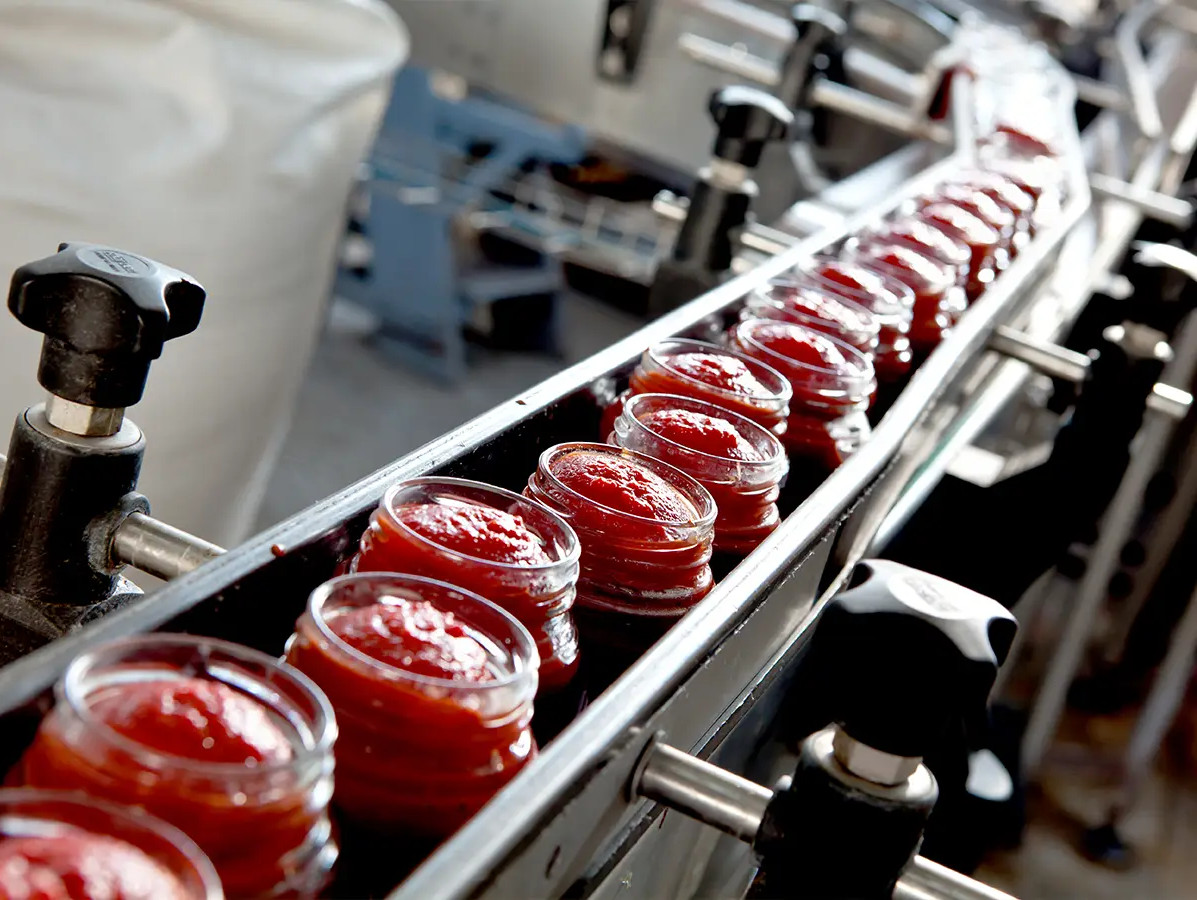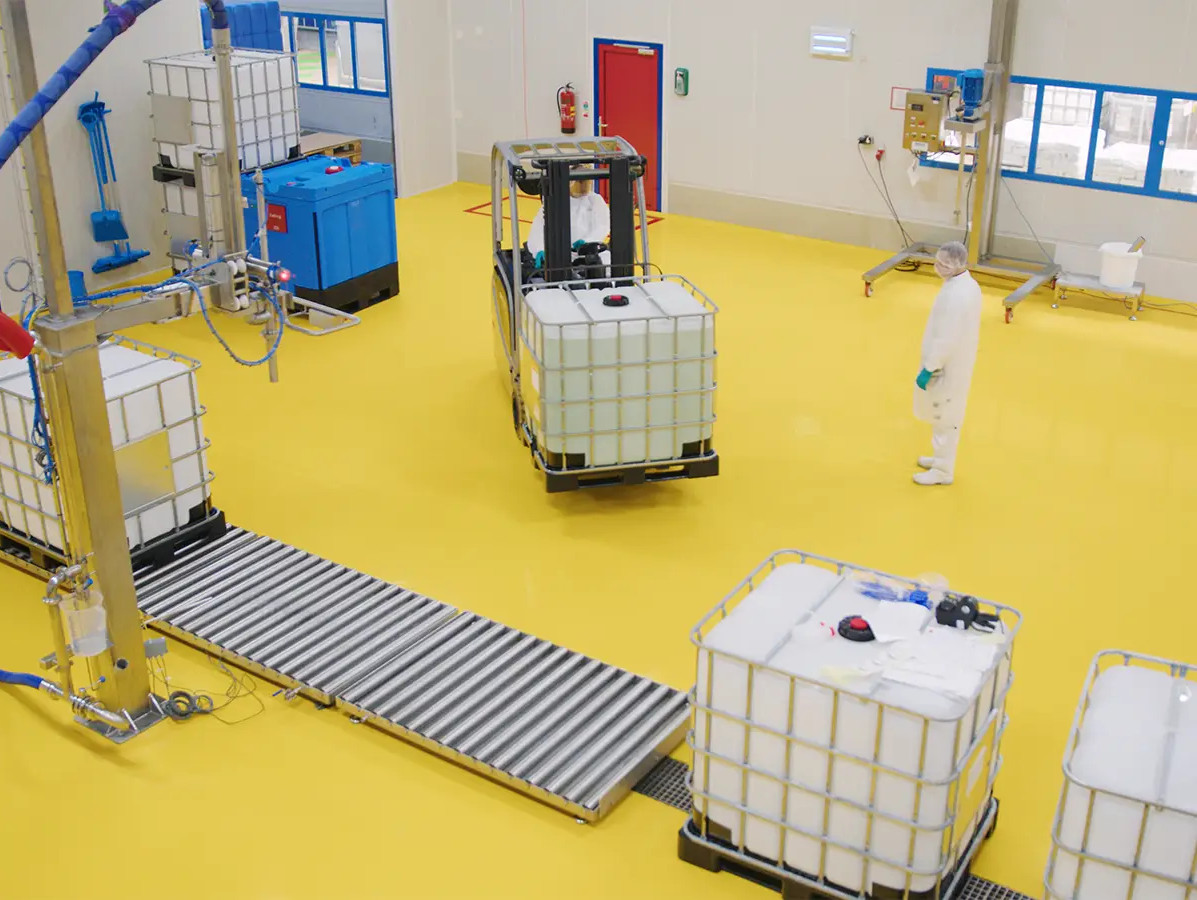
In food manufacturing, every detail matters – from raw materials to the finished product. Using food-safe additives that support preservation, texture, flavour development and pH control is essential. But when choosing your ingredient or processing aid, do you go for a powder? Or is liquid the better option?
Food Safe products play two distinct roles in production: as an ingredient or as a processing aid. Ingredients are functionally present in the final product – such as preservatives or pH regulators with an E-number. Processing aids, by contrast, help facilitate production steps but are either not present or only traceable in the end result. Either way, safe, precise and user-friendly application is always critical. While powders have traditionally been used, more and more manufacturers are opting for liquid versions – and for good reason. Liquids offer clear benefits in terms of handling, safety and dosing accuracy.
Adding powders to liquids – such as soups, sauces or beverages – can come with a range of issues: clumping, airborne dust, and dosing inconsistencies are all common risks. Liquid alternatives can help prevent these challenges:
At In2Food, we understand the importance of precision, hygiene and reliability. That’s why we offer a broad range of Food Safe products in liquid form – in concentrations tailored to our customers’ processes. In our own Food Safe facility, certified to FSSC 22000 standards, we convert powders into ready-to-use liquid solutions. These can be single ingredients or custom blends, such as salts or other additives, mixed according to customer requirements.
The maximum achievable concentration depends on the specific product. Citric acid, for example, has a different solubility profile compared to sodium hexametaphosphate. In2Food works closely with customers to determine what’s technically feasible. Drawing on our experience with various formulations, we provide practical, efficient solutions.
Switching from powder to liquid doesn’t have to mean major changes. In many cases, it’s a logical optimisation that improves both safety and handling during production. Liquid Food Safe products are a smart choice for manufacturers aiming to improve processes without compromising on quality or food safety. By partnering with a supplier offering ready-to-use liquid forms, the use of Food Safe additives becomes easier, more hygienic, and more precise.

A selection from the In2Food portfolio:
These products are available in various formats, including IBCs, variboxes and bulk deliveries. Batch sizes range from 6,000 to 30,000 litres. For more on the possibilities of liquid Food Safe products, visit in2food.nl/foodsafe or get in touch.
Photo jars: ©Volkova/Shutterstock.com
Source: vakblad Voedingsindustrie 2025